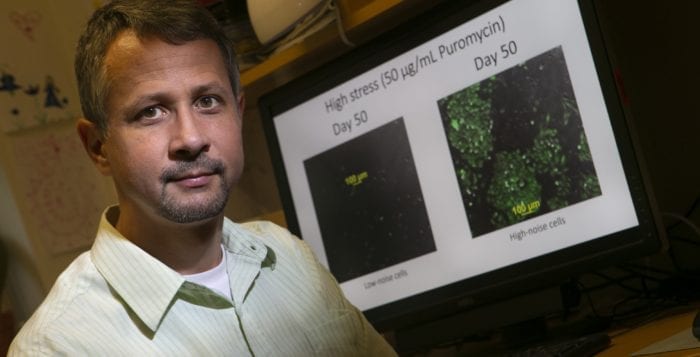By Daniel Dunaief
Annie Laurie Shroyer isn’t standing on a podium somewhere, listening to the national anthem with tears in her eyes and a hand over her heart as she mouths familiar words. She hasn’t won a Nobel Prize or some other distinction that will add to a medal count or that will rise to the top of her resume.
Shroyer is, however, standing tall in an arena that matters to her and to her colleagues, mentors and collaborators.
A professor and vice chair for research in the Department of Surgery at the Stony Brook Renaissance School of Medicine and the without compensation health science officer in the Research and Development Office at the Northport VA Medical Center, Shroyer recently learned that two of her research papers on coronary artery bypass surgery made an impressive and important list.
Her papers were ranked 8th and 28th among a review by the Journal of Cardiac Surgery of the top 11,500 papers in her field, making Shroyer one of only two senior investigators in the world with two citations in the top 50.
Researchers often work in obscurity, toiling in a lab or on a computer late into the night, analyzing data, applying for grants and receiving constructive but sometimes critical comments from peer reviewers. What many of them hope for, apart from the stability of tenure or the opportunity to provide a breakthrough discovery that alters the way other researchers or clinicians think about a disease or condition, is to make a lasting impact with their work.
In many ways, this ranking suggests that Shroyer has accomplished that with research into a surgical procedure that is increasingly common.
Shroyer is “one of the most influential cardiovascular researchers of our era,” Faisal Bakaeen, the staff surgeon and professor of surgery at the Heart and Vascular Institute in Cleveland, Ohio, explained in an email. Shroyer’s leadership in her research is “proof of her deep intellect and genius.”
Learning that her research, which Shroyer explained was interdisciplinary, collaborative and team-based, was among the most cited in the field was “really an honor,” she said. “I was very pleasantly surprised.”
Shroyer heard about the distinction from the VA Hospital, which noticed her prominent place in the realm of coronary artery bypass surgery research. She conducted one of her studies, called the ROOBY trial for Randomized On/Off Bypass, through the Northport hospital.
That research, which was published in the New England Journal of Medicine and benefited from the support of the VA Cooperative Studies Program Coordinating Center and the Research and Development Offices at the Northport and Denver VA Medical centers, compared the short-term and intermediate outcomes evaluating the impact of using a heart-lung machine versus operating on a beating heart.
That trial asked focused research questions about the comparative benefits of using the machine.
Shroyer concluded that there was “no off pump advantage” across a diversity of clinical outcomes and likened the process of performing this surgery without a pump to sewing a patch onto blue jeans while a child is walking up the stairs, making the stitching process more technically demanding.
Shroyer recognizes that some doctors prefer to do the procedure without the pump. Many of them suggest they have the surgical expertise to make the process a viable one for patients.Some patients may also have specific reasons to consider off pump procedures.
As for the second highly cited paper, Shroyer worked with the STS National Adult Cardiac Surgery Database Committee team and published that in the Annals of Thoracic Surgery. That paper identified the most important preoperative risk factors associated with major morbidities after surgery.
“This paper described a broad-based analytical approach which was originally developed in the VA” by Drs. Karl Hammermeister, Fred Grover, Guillermo Marshall and Shroyer working together, she explained in an email. Given that the Society of Thoracic Surgery’s database has subsequently been used to address other research questions, this early statistical modeling approach has attracted considerable interest.
In terms of the overall list, Shroyer expressed a few surprises. For starters, she noticed a larger than anticipated proportion of articles focused on the surgical procedure’s clinical outcomes. In her view, the topic is important, but not to the exclusion of research focused on evaluating the process of care and the structures of care. These include actions that care providers take on behalf of their patients, the actions patients take for themselves, and the nature of the environment where patients seek out care.
“Identifying the adverse outcomes post-CABG informs you that there is a problem, but clinical outcomes research doesn’t provide guidance on how to solve” the problem or problems identified, she said, adding that she hopes future research evaluates the processes and structures of care that may affect risk-adjusted clinical outcomes.
Shroyer also expected that the findings of several trials published in the New England Journal of Medicine would have ended the debate about off-pump versus on-pump benefits. The debate, however, is “still active,” she said.
Five years from now, Shroyer anticipates changes in the list. She hopes these high impact journals will include evaluations of novel treatments and surgeon-based characteristics, which may influence risk-adjusted outcomes.
Shroyer is pleased with the collaborators who have worked with her, as well as with the information from which she has drawn her conclusions.
“This high level of citation represents a tribute to the entire VA ROOBY trial team as well as to the STS Adult Cardiac Surgery Database and National Database Committees’ members,” she said. “In addition to terrific collaborators, I feel very blessed to have had several great mentors,” which includes Gerald McDonald and Fred Grover.
She also appreciates that she has had appointments at Stony Brook and at the Northport VA Medical Center that support her research projects.

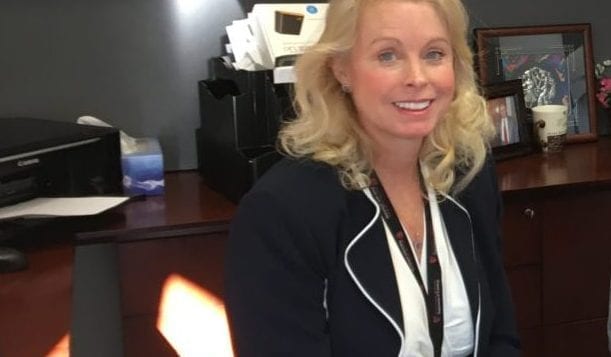
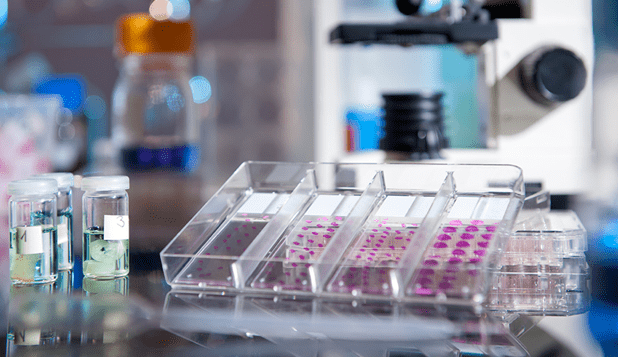
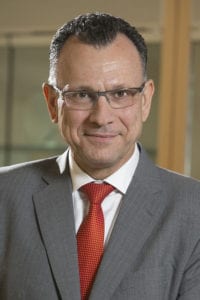
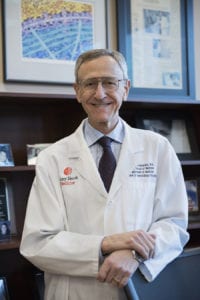
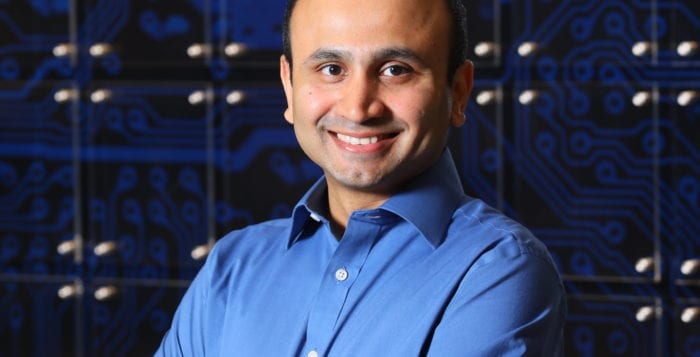
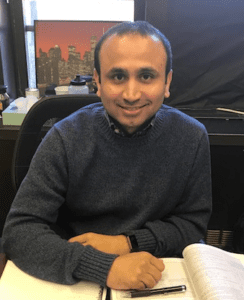
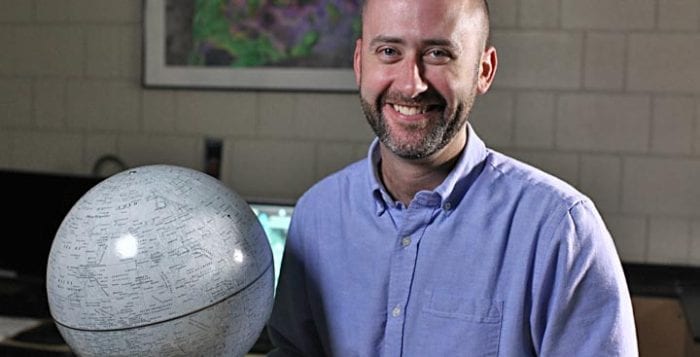
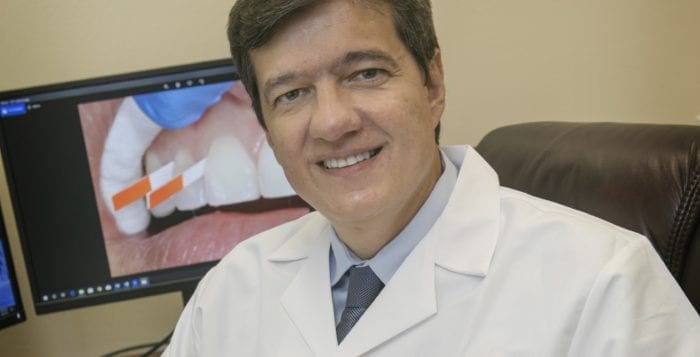
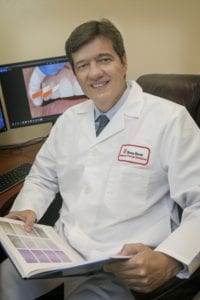
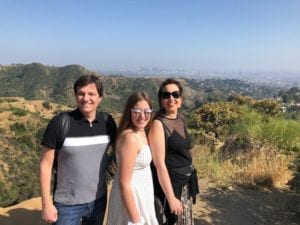

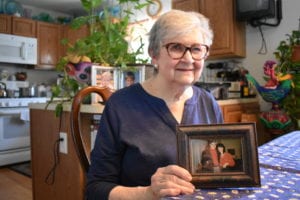
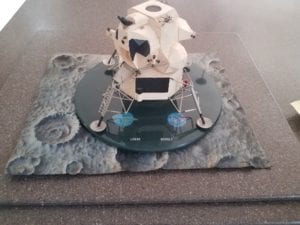
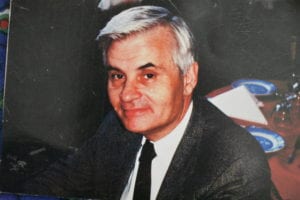
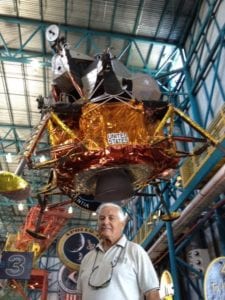
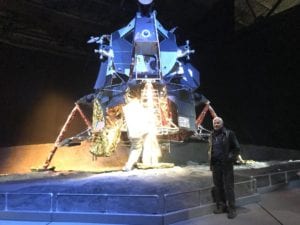
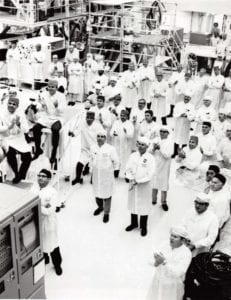
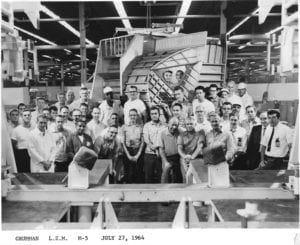
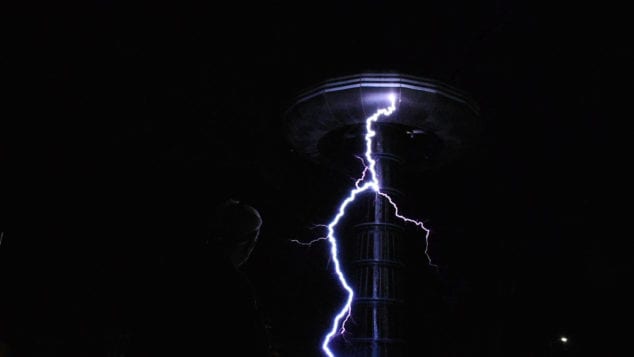
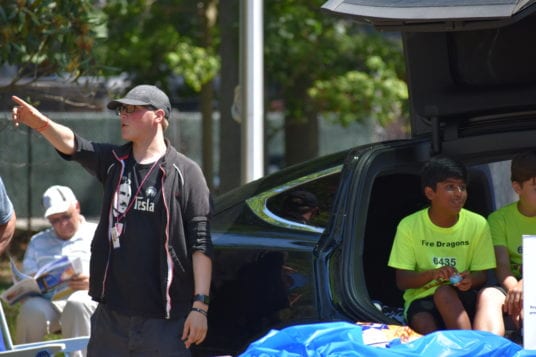
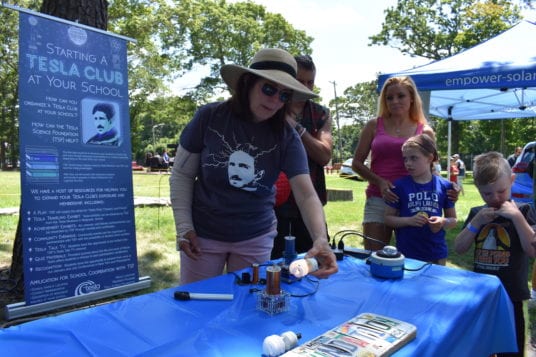
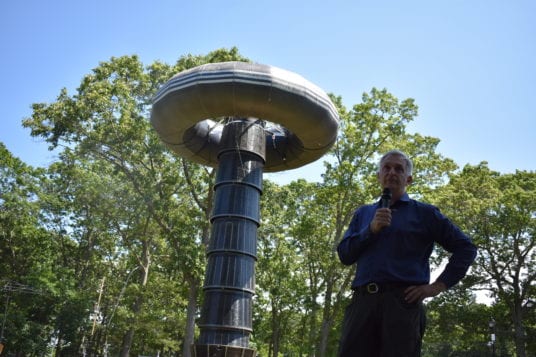
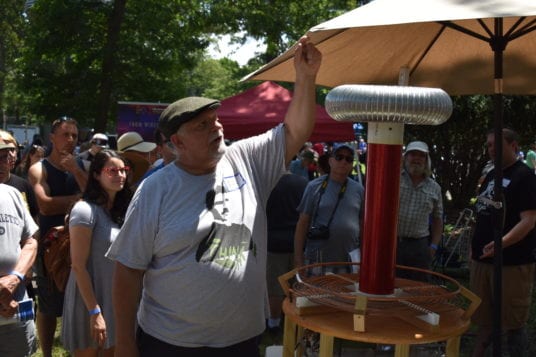
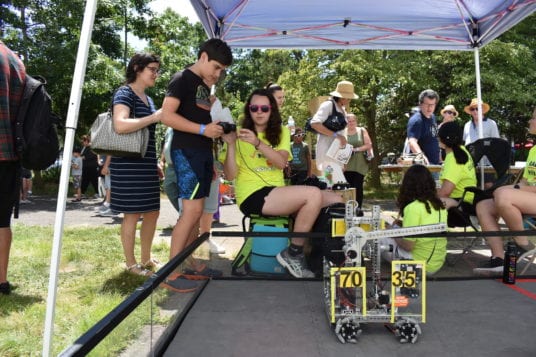
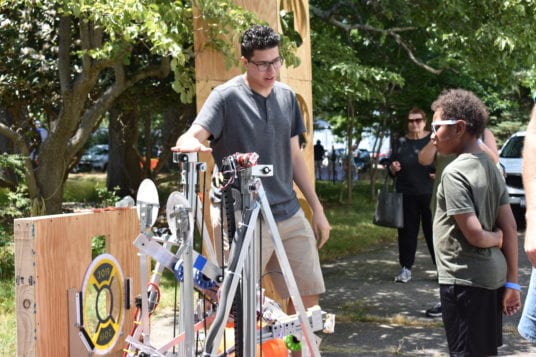
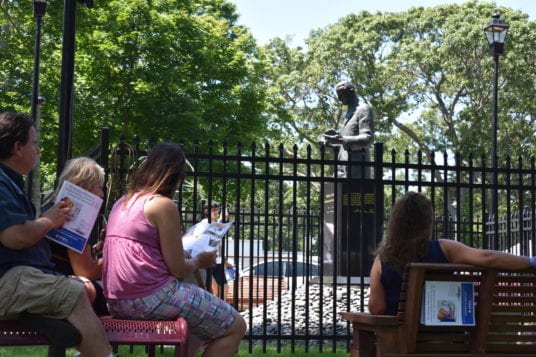
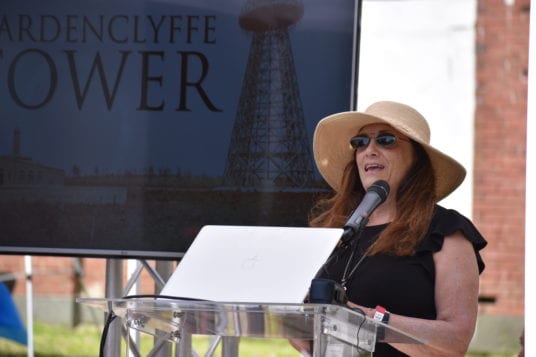
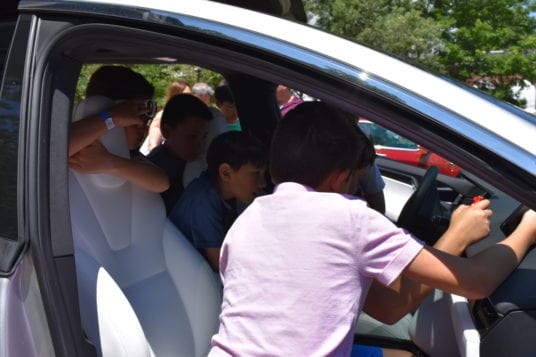
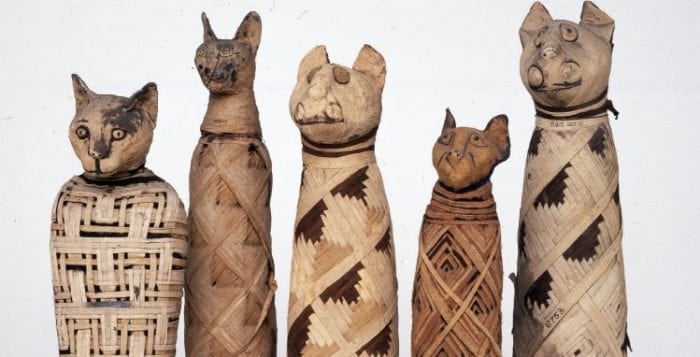

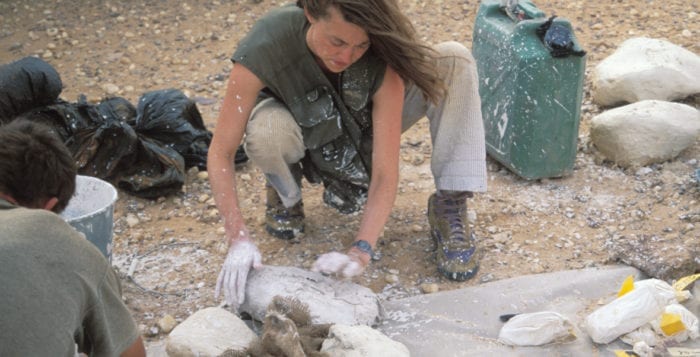
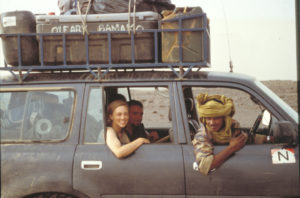
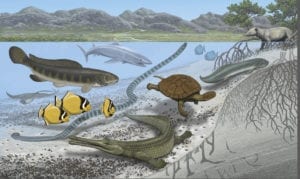
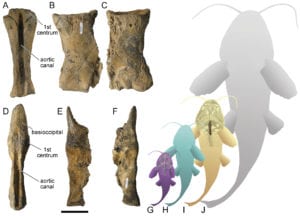 O’Leary suggested that the paper provides some context for climate and sea level changes that can and have occurred. During the period she studied, the Earth was considerably warmer, with over 40 percent of today’s exposed land covered by water. Sea levels were about 300 meters higher than current levels, although the Earth wasn’t home to billions of humans yet or to many of the modern day species that share the planet’s resources.
O’Leary suggested that the paper provides some context for climate and sea level changes that can and have occurred. During the period she studied, the Earth was considerably warmer, with over 40 percent of today’s exposed land covered by water. Sea levels were about 300 meters higher than current levels, although the Earth wasn’t home to billions of humans yet or to many of the modern day species that share the planet’s resources. O’Leary said that much of the literature for the science in Mali was in French, which had kept it a bit below the radar for scientific discourse, which tends to be in English.
O’Leary said that much of the literature for the science in Mali was in French, which had kept it a bit below the radar for scientific discourse, which tends to be in English.